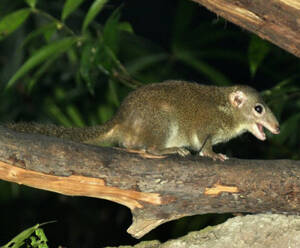
The common tree shrew (Tupaia glis) is a genus of tree shrew with no subspecies. Good climbing, mostly on trees, vines or shrubs, but also on the ground. Diurnal. Insects as the main food, but also eat young birds, mice and some wild fruits. Will communicate by smell and sound, when threatened, will...
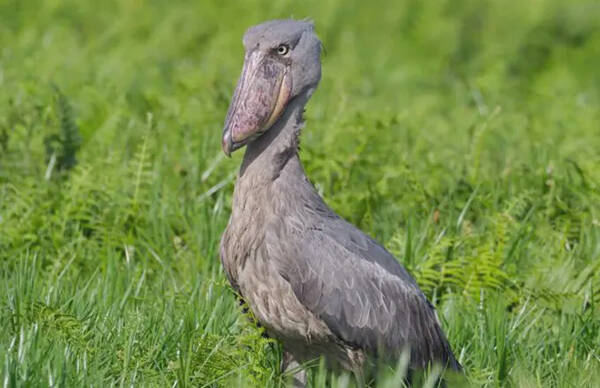
The largest bird on earth is the Shoebill, the only species in the genus Shoebill of the family Shoebill. The name of the Shoebill comes from its powerful beak. It is a large bird very similar to the Stork family. It is tall, averaging 1.2 meters tall, weighing 4000-7000 grams, and has a wingspan of...
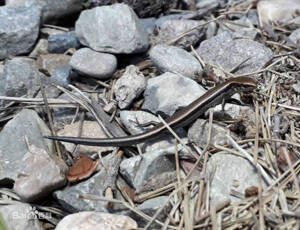
Huanren dwarfskink is called Huanren dwarfskink in foreign language, and has no subspecies.Huanren dwarfskink mainly feeds on mosquitoes, flies, spiders, earthworms, insect larvae and moths. Individuals in artificial breeding also eat mealworm larvae, but their preference for them is slightly lower....

The Broad-billed Sandpiper has two subspecies.The broad-billed snipe is mainly a traveller bird in China, and some are winter migrants. Autumn moves through China in September-October and spring in April-May.The snipe is found alone, in pairs, or in small groups. The non-breeding period also sometim...

Spoon-billed Sandpiper is a small wading bird with no subspecies.The snipe is found alone near water in shallow waters and in loose mud. When walking, the head is always lowered, and the mouth is constantly stretched into the water or mud, and the mouth is swept around and back in the water or mud w...
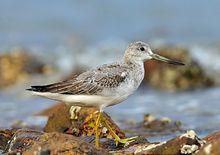
Spotted Greenshank is a small wading bird with no subspecies.The little greenshank is a rare traveler in China. Spring is more than March-April, and autumn passes through China during migration from September to October. It is often found alone at the water's edge, on sand or mud, and foraging....
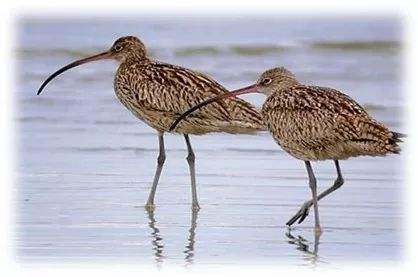
The foreign name is Far Eastern Curlew, and there are no subspecies.Curlews are mainly travellers in China. Some breed in northeast China as summer migratory birds, while some overwinter in Taiwan as winter migratory birds. Spring reaches the northeast breeding ground in early to mid-April, and autu...
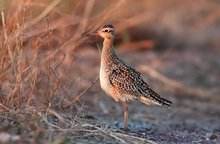
Little Curlew is a small wading bird with no subspecies.The curlew usually moves mostly alone or in small groups, but it also joins other snipes in larger groups during migration and wintering. Whenever the tide goes back, they go to the tidal flats to feed, wading in the shallow silt, pecking at in...
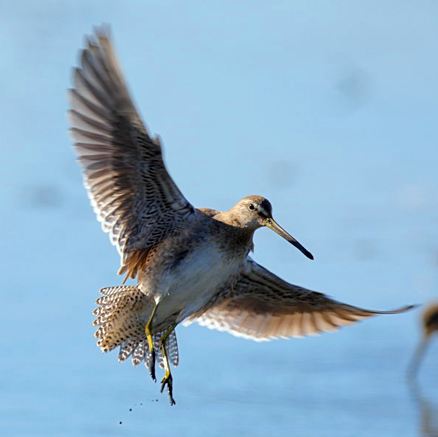
The semi-webbed snipe (ban p Giryu), also known as Asian Dowitcher, is a small wading bird.They live alone or in small groups. Sex is timid and alert. It feeds mainly on insects, insect larvae, worms and mollusks. Often in the lake, river banks, ponds and swamps and coastal tidal areas of sand and m...
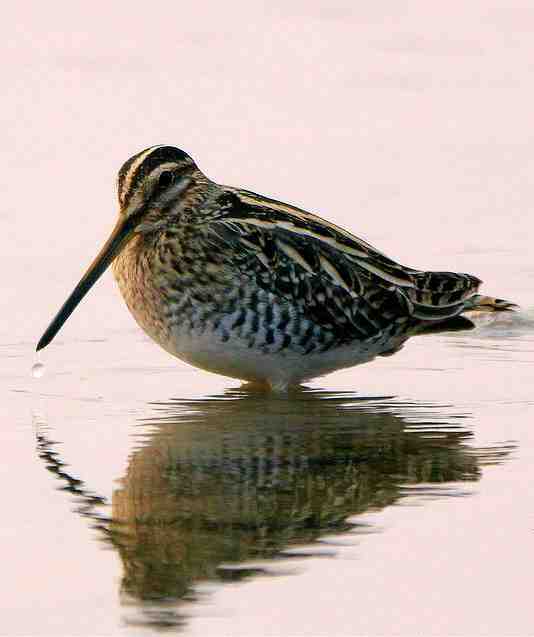
Wood Snipe, small wading bird, no subspecies.It is timid and withdrawn, often living alone on the banks of forests and rivers and ponds, and in nearby swamps and grasslands. The flight is slow and bulky, suddenly flies up after fright, the direction of flight is uncertain, often flying in waves, usu...

There are two subspecies, Eurasian Curlew.It is a summer migratory bird in northeastern Inner Mongolia, Heilongjiang and Jilin, and specimens were collected in eastern Liaoning in April and May, and may also breed. Wintering in the middle and lower reaches of Yangtze River and southeast coastal prov...